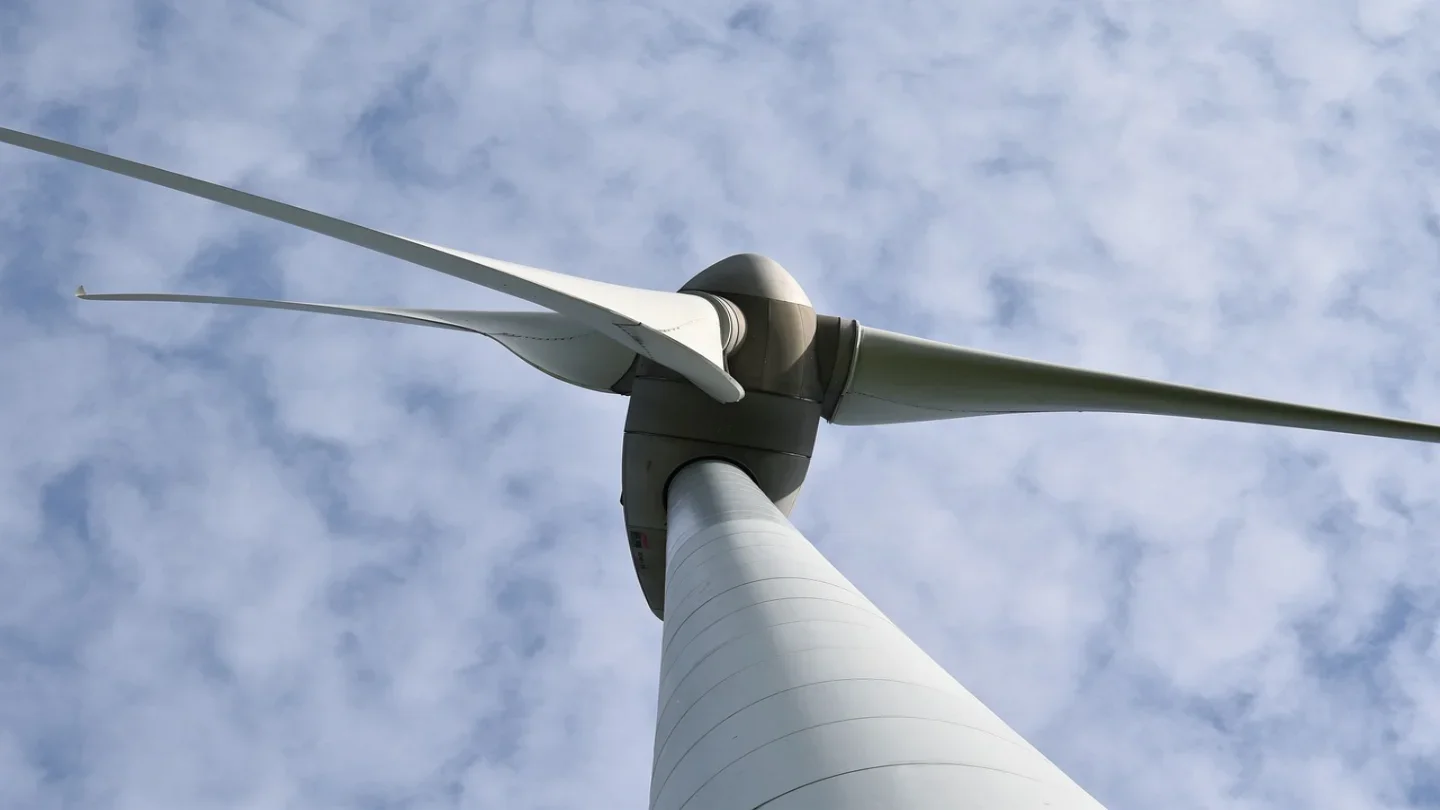The HØST PtX Esbjerg Project is a hydrogen and ammonia plant being planned to be developed in Esbjerg, Denmark.
The scheme was conceived as a gigawatt-scale Power-to-X project (PtX) to support energy transition in the country.
PtX, a term primarily used in Denmark, refers to the technologies leveraged to produce fuels, chemicals and materials using hydrogen via electrolysis.
The project is in the CI Energy Transition Fund I managed by Danish fund management company Copenhagen Infrastructure Partners (CIP). Other partners are Arla, Danish Crown, DLG, A.P. Møller Mærsk, and DFDS.
Plans to build a hydrogen and ammonia plant began in 2021 with due diligence, surveys, regulatory processes and project clarification.
In September 2023, the local plan and the strategic environmental assessment (SEA) for the area secured municipality and the Ministry of Environment of Denmark approval.
The Final Investment Decision (FID) on the HØST PtX Esbjerg Project is slated to be taken in 2025. Full operations are expected to start in 2028/29.
The development of the PtX project will entail an investment of more than €2bn. Once complete, it would become one of the largest PtX facilities in Europe contributing to an annual reduction of 1.5 million tonnes of emissions.
HØST PtX Esbjerg Location
The HØST PtX Esbjerg Project will be developed on the west coast of Denmark in the Måde Industrial Area. The site is located close to the Port of Esbjerg, a seaport city on the Jutland peninsula in southwest Denmark.
The The Port of Esbjerg is the largest base port in Europe for transporting offshore wind turbines. The port provides access to Hamburg and Rotterdam ports, ensuring expeditious delivery in Europe.
Overall, the project site covers a total area of approximately 30 hectares (ha).
HØST PtX Esbjerg Project Details
The HØST PtX Esbjerg Project will use a 1GW electrolyser to produce green hydrogen, which can be then converted to ammonia.
The project will be powered by renewable electricity from wind and solar energy sources. The plant is expected to consume around 6,000GWh of power annually.
According to the plan, HØST PtX Esbjerg will produce approximately 100,000 tonnes of green hydrogen which will be delivered to the future hydrogen grid of Denmark.
The produced green hydrogen will be either sold directly to the market or it will be converted into green ammonia.
The plant will use the conventional Haber-Bosch Process under which nitrogen reacts with hydrogen in the presence of a catalyst under high pressure and temperature to produce ammonia.
It would be capable of producing up to 600,000 tonnes, which can be used as a feedstock to produce fertilisers and green fuel for the maritime industry.
The project will have operational flexibility and will adapt to the available power supply from renewable sources. The heat generated in producing green hydrogen and ammonia will be used to supply heat to 15,000 households in the Esbjerg or Varde area.
The construction phase of the plant will be completed in two to three years.
Additionally, the plant will create a total of 100-150 permanent employment opportunities.
Benefits of the Hydrogen and Ammonia Plant
The hydrogen production process at the plant will be completely carbon dioxide free, while the 600,000 tonnes of green ammonia could be used to produce 1.5 million tonnes (Mt) of fertiliser or 5-6,00,000 tonnes of bunkering fuel.
Production of green hydrogen and ammonia will facilitate decarbonisation of shipping, agriculture, and industrial sectors.
Additionally, local green ammonia production will ensure steady supply in the Danish market and eliminate the need to import ammonia-based fertilizers.
Currently, Denmark imports ammonia-based fertilizers produced using natural gas.
According to HØST PtX Esbjerg developer, the project may also help Denmark to become a net exporter of green fertilizer.
Contracts and Agreements
International consulting group COWI was appointed as the owner’s engineer for the project. The company will deliver planning and permitting services.
In February 2023, HØST PtX Esbjerg signed a Commercial Collaboration Agreement (CCA) with Monjasa, which focuses on trading and supplying marine fuels.
As per the agreement, Monjasa will deliver logistical services to distribute green ammonia from the HØST PtX Esbjerg project to the market.
In January 2023, DNV was awarded a Framework Agreement (FA) contract by CIP to provide independent safety and environmental and sustainability technical assurance to the project.
CIP and Uniper signed a Memorandum of Understanding (MoU) in May 2024 to deliver green hydrogen to Germany.
The companies expect that the HØST PtX Esbjerg project will be connected to the German hydrogen network via a hydrogen pipeline developed by Energinet, a Danish transmission system operator, and Gasunie Deutschland Transport Services.
Up to 140,000 tonnes of green hydrogen would be delivered annually to Germany under the partnership.





